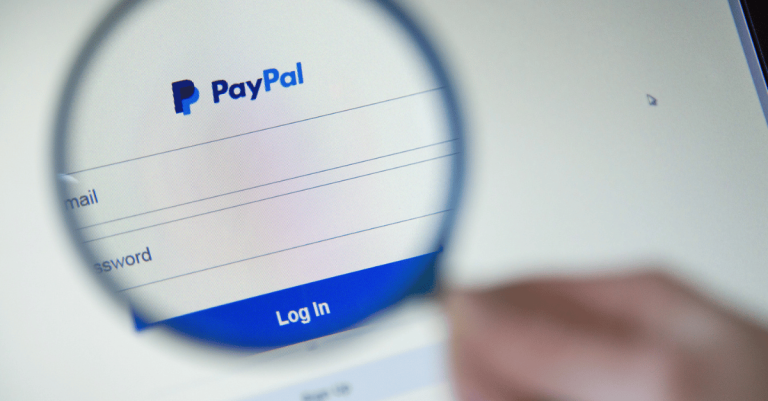The Art of Addressing: A Guide to Sending Mail
Asenqua Tech is reader-supported. When you buy through links on our site, we may earn an affiliate commission.
In our digital age, where communication often happens in an instant, there’s something beautifully nostalgic about sending and receiving physical mail. Whether it’s a heartfelt letter, an important document, or a thoughtful package, the act of sending mail carries a sense of tradition and significance. However, before your mail can embark on its journey to its destination, it needs to be properly addressed. In this guide, we’ll explore the art of addressing envelopes and packages, ensuring your mail reaches its intended recipient smoothly.
Understanding the Importance of Proper Addressing
In the realm of mail services, accuracy is paramount. A well-addressed envelope or package not only ensures timely delivery but also minimizes the risk of misdirection or loss. Mail companies rely on the clarity and correctness of addresses to efficiently sort and route mail through their networks. Therefore, taking the time to properly format your postal address is not just a courtesy but a necessity.
The Format of Postal Address
Before diving into the specifics of addressing, let’s familiarize ourselves with the standard format of a postal address. While address formats may vary slightly depending on the country, the basic elements remain consistent:
1. Recipient’s Name: This is the individual or organization to whom the mail is addressed. Always ensure the recipient’s name is spelled correctly and clearly written.
2. Street Address or P.O. Box: The physical location or P.O. Box number where the recipient receives mail. Include any relevant details such as apartment numbers or suite identifiers.
3. City or Town: The city or town where the recipient is located. Write the name in full without abbreviations whenever possible.
4. State, Province, or Region: The state, province, or region corresponding to the recipient’s location. Use the official two-letter postal abbreviations (e.g., CA for California, NY for New York).
5. Postal Code or ZIP Code: The postal code or ZIP code uniquely identifying the recipient’s area. Accuracy in this component is crucial for efficient sorting and delivery.
6. Country (if applicable): For international mail, include the destination country in the address. Write the name of the country in full, avoiding abbreviations.
Now that we’ve outlined the key components of a postal address, let’s delve into the specific guidelines for addressing envelopes and packages.
Addressing Envelopes
Addressing an envelope is a straightforward process, but attention to detail is essential. Follow these steps to ensure your envelope is correctly addressed:
1. Start with the Recipient’s Name: Write the recipient’s name or the name of the organization at the center of the envelope. Use a legible font size and style.
2. Add the Street Address or P.O. Box: Below the recipient’s name, write the street address or P.O. Box number. Include any additional details, such as apartment numbers, on the same line.
3. Specify the City, State, and Postal Code: Beneath the street address, list the city, state, and postal code in that order. Separate each element with a comma for clarity.
4. Include the Country (if applicable): For international mail, add the destination country at the bottom line of the address. This helps ensure accurate routing across borders.
5. Use Clear and Legible Handwriting: Whether writing by hand or printing labels, prioritize legibility. Avoid cursive or overly decorative fonts that may be difficult to read.
6. Double-Check for Accuracy: Before sealing the envelope, review the address for any errors or omissions. Ensure all components are complete and correctly formatted.
By following these guidelines, you can address envelopes with confidence, increasing the likelihood of successful delivery.
Addressing Packages
Sending packages requires additional considerations compared to envelopes, especially when it comes to larger items or fragile contents. Here’s how to address packages effectively:
1. Choose an Appropriate Shipping Container: Select a sturdy box or envelope that adequately protects the contents during transit. For fragile items, consider cushioning materials such as bubble wrap or packing peanuts.
2. Follow Envelope Addressing Guidelines: The same principles of addressing envelopes apply to packages. Include the recipient’s name, street address, city, state, postal code, and country (if applicable) on the shipping label.
3. Place Labels Securely: Affix shipping labels securely to the package, ensuring they are flat and free of wrinkles or tears. Use clear adhesive tape to prevent labels from peeling off during handling.
4. Consider Additional Labeling Requirements: Some mail companies may have specific requirements for package labeling, such as barcode placement or additional handling instructions. Familiarize yourself with any such guidelines provided by the carrier.
5. Declare Contents (if necessary): For international shipments or packages containing restricted items, accurately declare the contents on the customs form or shipping label. Failure to do so may result in delays or customs issues.
6. Opt for Tracking and Insurance: Whenever possible, choose shipping options that include tracking and insurance for valuable or irreplaceable items. This provides peace of mind and recourse in case of loss or damage during transit.
By adhering to these recommendations, you can ensure your packages are properly addressed and adequately prepared for the journey ahead.
Conclusion
Addressing envelopes and packages is more than just a procedural step—it’s an art form that bridges distances and connects people across the globe. Whether sending a letter to a loved one or shipping a package to a customer, the way we address our mail reflects our attention to detail and consideration for others. By mastering the nuances of postal addressing and following best practices, we can enhance the reliability and efficiency of mail services provided by companies worldwide. So, the next time you prepare to send a piece of mail, take pride in crafting the perfect address—it’s the first step on its journey to its destination.







